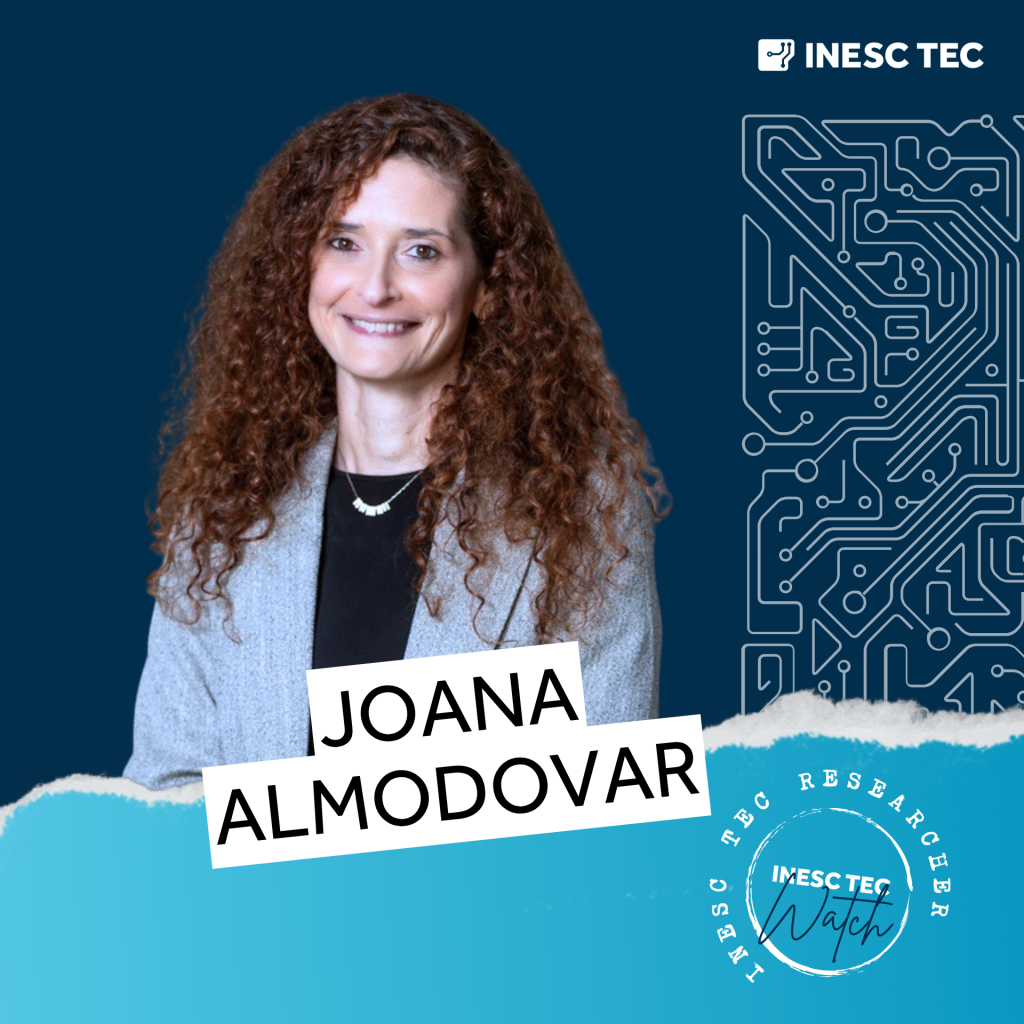Joel Mokyr, Philippe Aghion and Peter Howitt; these are the winners of the 2025 Nobel Prize in Economic Sciences. The Royal Swedish Academy of Sciences explained that the three scholars were recognised for “the theory of sustained growth through creative destruction”, an achievement that places innovation and technological progress at the heart of the debate on economic growth.
Established in 1968 by Sweden’s central bank, the Nobel Prize in Economic Sciences is regarded as the most prestigious accolade in the field. It is awarded annually to individuals whose work has had a significant impact on research and on the formulation of public policies.
Building on a joint work published in 1992, the three laureates demonstrated how new firms and technologies replace old ones, creating continuous cycles of innovation and technological transformation, as noted in an article published in the Financial Times after the award ceremony. Aghion and Howitt also developed a mathematical model showing how investment in research and development (R&D) drives progress, while potentially generating inequality. This model has proven extremely useful in public policies, particularly in determining R&D budgets and in designing social protection mechanisms for workers affected by technological change.
The meaning of the Nobel Prize in Economic Sciences
According to João Claro, Chairman of the Board at INESC TEC, the “2025 Nobel Prize in Economic Sciences emphasises that economic progress does not happen by chance. It stems from institutions that create the conditions for scientific knowledge to become innovation, and for that innovation to translate into sustained growth and social well-being. The work of Joel Mokyr, Philippe Aghion and Peter Howitt shows that science and the economy are connected through our ability to understand, apply, and renew what we learn.”
Through their scientific contributions, the laureates have shown that economic growth does not come from an invisible hand, but from innovation and technological progress – and that “innovation is not a neutral process,” added the Chairman. “Each advance transforms sectors, redistributes resources, and forces us to rethink balances. This is where governance becomes crucial: guiding change, preventing inequality, and ensuring that knowledge remains a public good,” said João Claro.

About the laureates
Joel Mokyr is a Dutch-born historian specialising in economic sciences and a professor at Northwestern University in the United States. Philippe Aghion is a French economist teaching at INSEAD in Paris and the London School of Economics and Political Science in the United Kingdom. Peter Howitt is a Canadian economist and professor at Brown University in Providence, U.S.A.
According to Joana Almodovar, head of the Public Policy Office at INESC TEC, “the recognition of Joel Mokyr’s work emphasises the focus on research and scientific knowledge as the foundation of innovation, on skills and the ability to translate that knowledge into added value for the market, on the governance of innovation processes, and on the importance of promoting societies that are open to science and change. In this sense, public investment in science, technology and innovation, and the promotion of policies supporting education, training, and scientific dissemination, are essential to economic and social progress.”
Ricardo Miguéis, head of the INESC Brussels HUB – which represents the INESC ecosystem in Brussels – highlighted one of Joel Mokyr’s most influential books, The Gifts of Athena, in which the historian writes: “Simply put, technology is knowledge, even if not all knowledge is technological.” According to Miguéis, “this simple yet powerful idea captures the essence of innovation and growth processes, and the relationship between strategy and political, social, economic and technological thought. It tells us that what separates modern growth from earlier waves of innovation is the institutionalisation of learning and the application of knowledge. Sustained innovation emerges when societies build bridges between what we know, what we do, and why we change. This is also the ‘mantra’ that guides our work at INESC TEC and our contribution to civilisational progress.”
Regarding the work of economists Philippe Aghion and Peter Howitt, Joana Almodovar explained that it focuses on “the nature of creative destruction in innovation, previously explored by Joseph Schumpeter, pointing to the structural impact that innovation can have both on the markets where firms operate and on how they position (markets) and organise themselves (human, financial and infrastructural resources).”
Ricardo Miguéis reinforced the idea also highlighted by João Claro – that innovation is not neutral – stating that it “requires public policies capable of balancing disruption with cohesion, and competitiveness with inclusion.” “At a time when we are deeply discussing the role of research and innovation in addressing social, economic and political challenges, this Nobel Prize reminds us that innovation without openness can lead to inaction, concentration of power, and exclusion. Mokyr warned us of this decades ago, showing that societies that resist change – through rooted interests, rigid structures, or closed systems – do not fail for lack of talent, but because they prevent knowledge from circulating and transforming into progress. We have that responsibility,” he added.
The Nobel Prize and the impact on the scientific and technological system
In these structural changes – which generate value and open new paradigms of technological and economic development – the economists also pointed out that there are processes of destruction within the operating structures of markets for goods, services, and labour, which affect competition and value creation for society. “This means that significant investments in financial, human and infrastructural resources are needed across increasingly interconnected scientific and technological areas, in a context of accelerated change. Companies and institutions within the scientific and technological system, especially those with greater investment ability, may tend to protect access to that knowledge and technology,” explained Joana Almodovar.

“The undeniable benefits of research and innovation (through knowledge generation, technological development, and the creation of new goods and services) must be balanced against the potential drawbacks arising from the restricted use of such knowledge by companies as a source of competitive advantage. This can limit market competition and create dominant positions, affecting, for example, consumer prices,” added the head of INESC TEC’s Public Policy Office. She stressed that “public policies – whether promoting support for science, technology and innovation across all economic actors, or encouraging market competition – are essential for the sustainability of economic growth and for ensuring that innovation has a positive impact on societal well-being.”
The role of institutions like INESC TEC
As mentioned earlier, the work of Mokyr, Aghion and Howitt shows that science and the economy are interconnected – and it is precisely within this intersection that INESC TEC operates, “at the crossroads of science, technology and society, seeking to make research a tool for transformation through knowledge, technological capability and cooperation,” as João Claro stated.
According to the Institute’s Chairman, “what sets us apart is precisely our commitment to combining scientific thoroughness with practical ambition, building bridges between higher education institutions, businesses, and public policies. This is the main driver of sustained innovation.”
Ricardo Miguéis added that at INESC TEC, “we seek to turn research into transformation – not only by developing cutting-edge technology, but also by building the institutional and human conditions for responsible innovation, creating governance structures for progress that lead us towards a better future.” He also highlighted the European dimension represented by the Institute, particularly through the INESC Brussels HUB. “Through the INESC Brussels HUB, INESC TEC acts at the heart of European science, technology and innovation policy, helping to balance research systems with the European Union’s major strategic objectives. We believe the future of innovation requires multilevel and transnational coordination, openness to collaboration, and policies that value knowledge as a European public good – one that brings us strategic autonomy and competitiveness by harnessing the immense capability we have to offer. Athena keeps on giving,” he added.

João Claro concluded by saying that “there is a vital challenge in balancing disruption and cohesion, competitiveness and sharing, efficiency and purpose. Building that balance is also central to INESC TEC’s mission, as an institution where science takes social form and innovation becomes a tool for collective progress.”
The 2025 Nobel Prize reminded us that progress is not spontaneous, nor neutral – it is built. At INESC TEC, that building process begins with science and takes shape through innovation that serves society.



 News, current topics, curiosities and so much more about INESC TEC and its community!
News, current topics, curiosities and so much more about INESC TEC and its community!